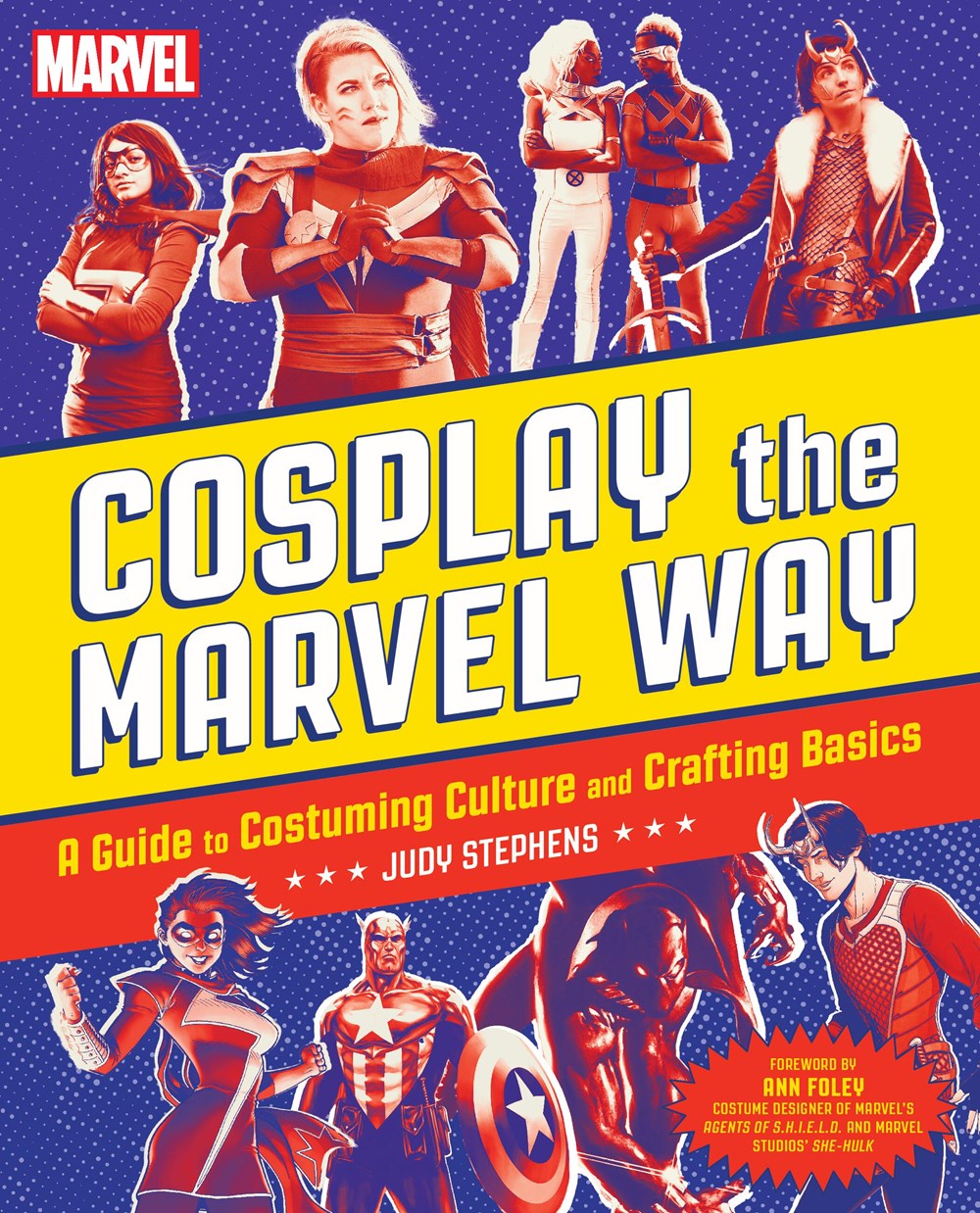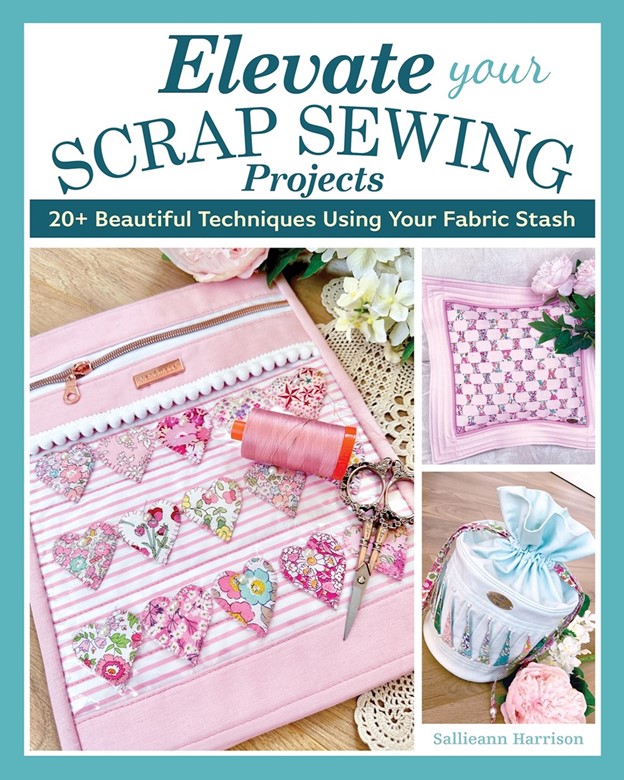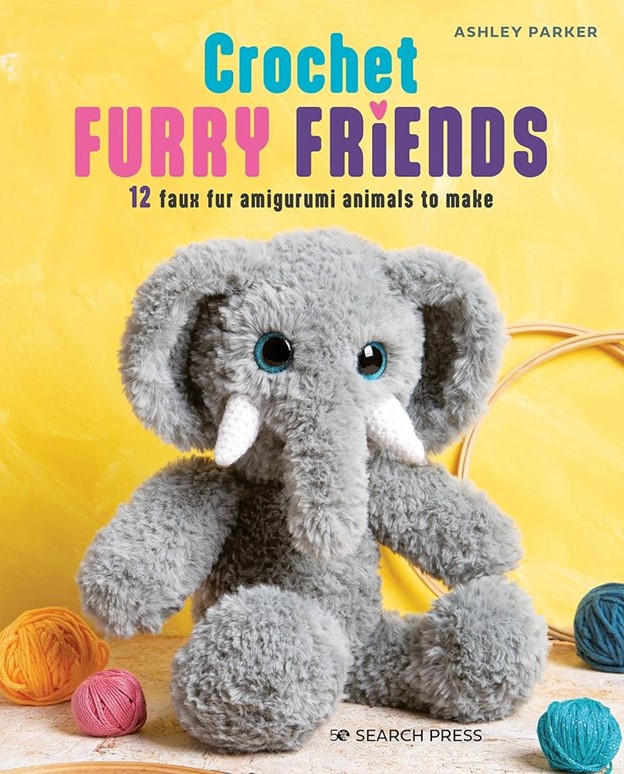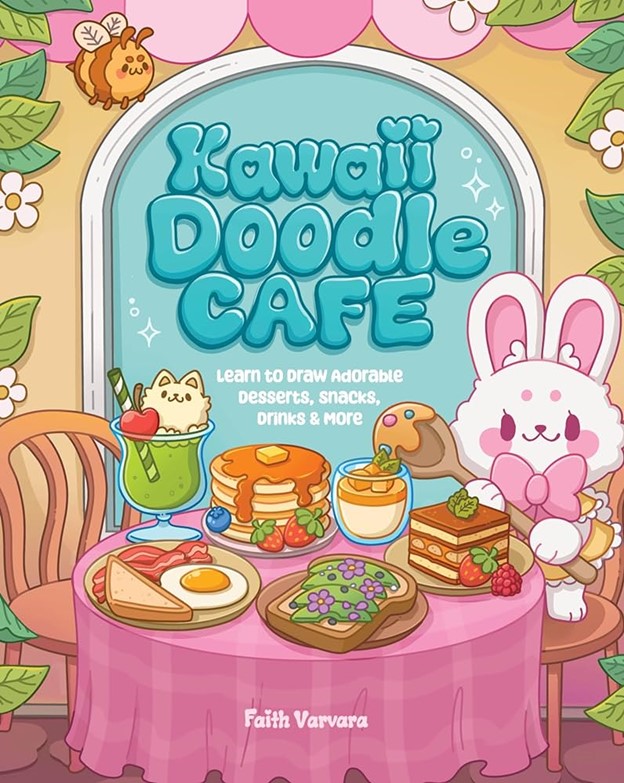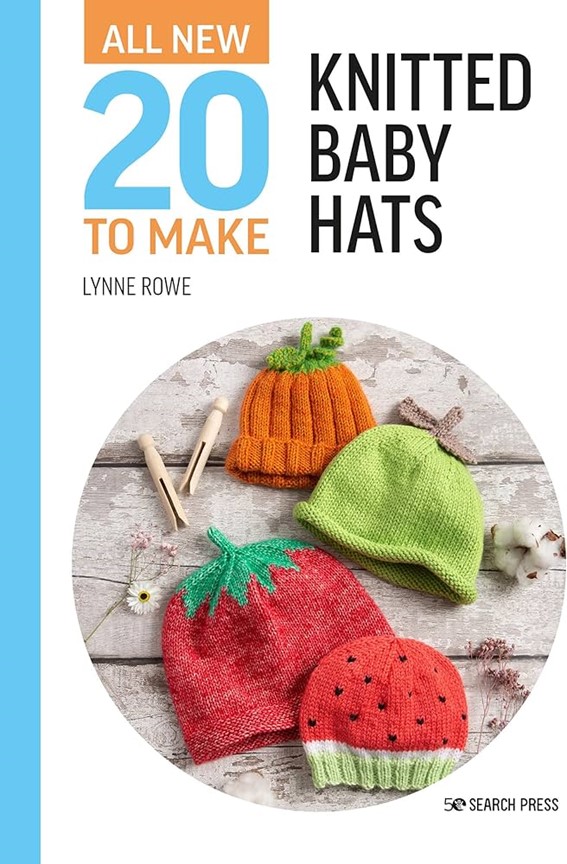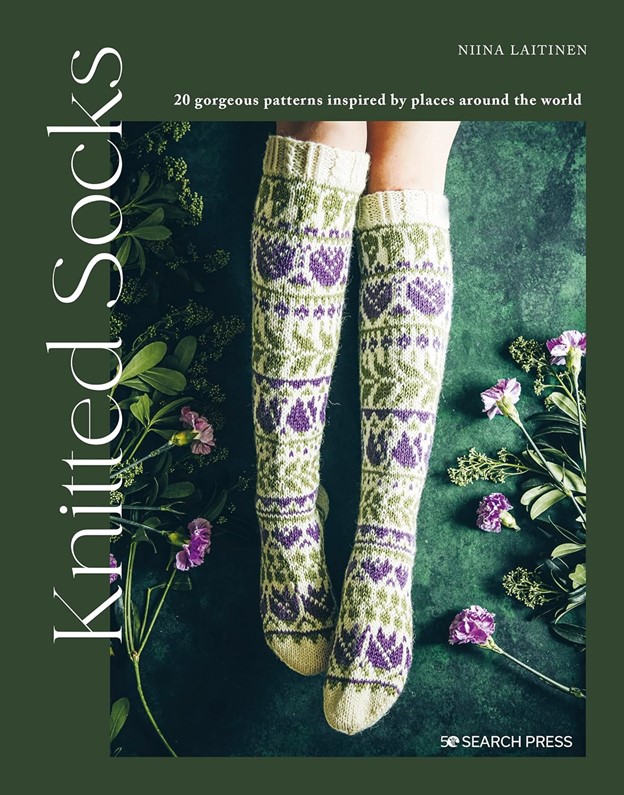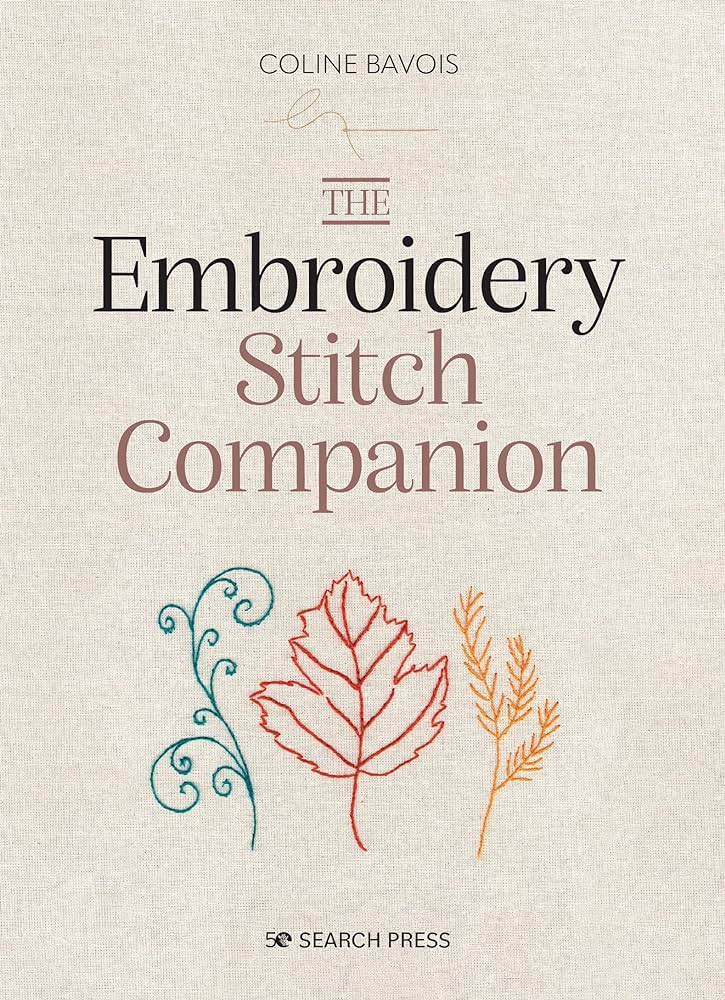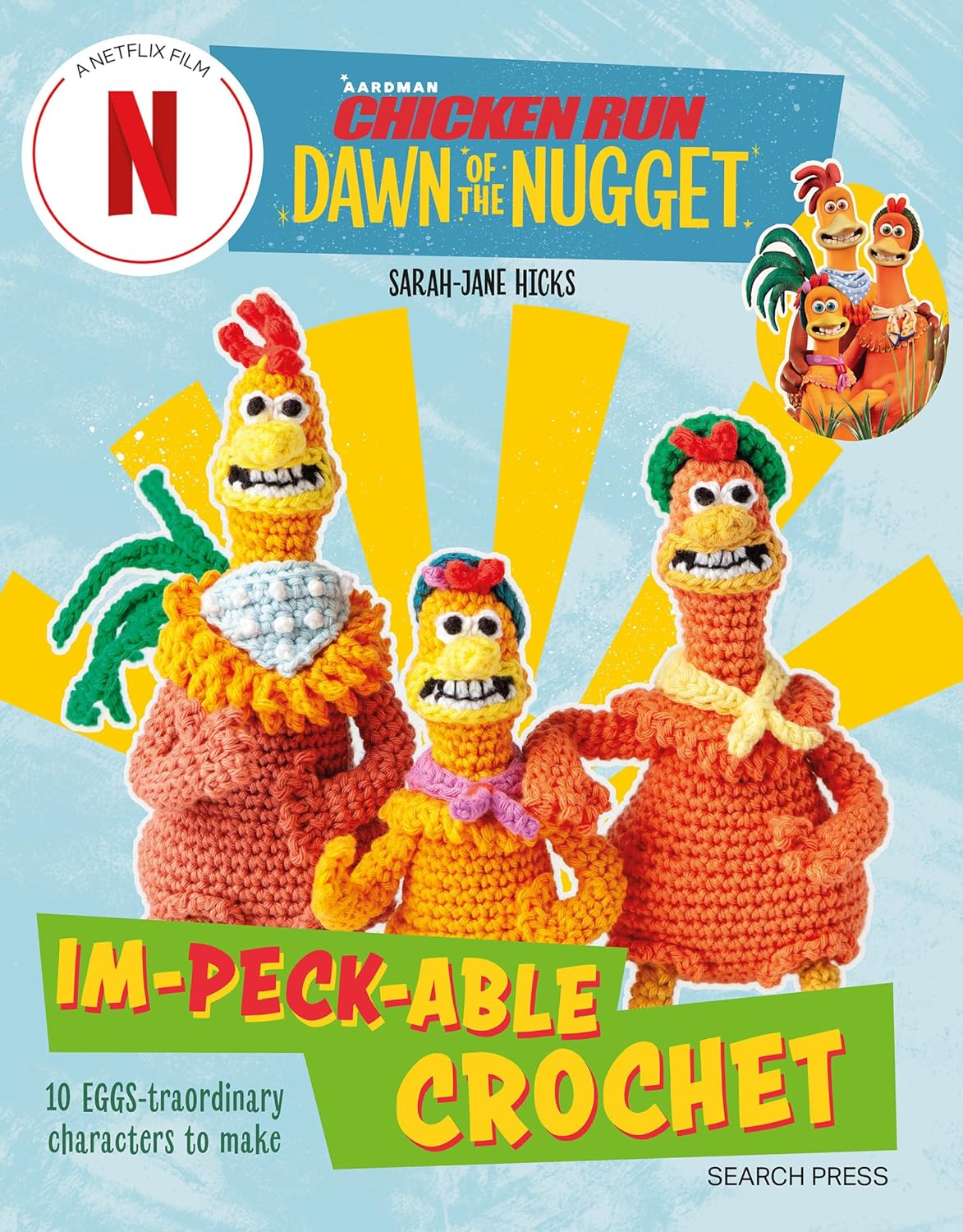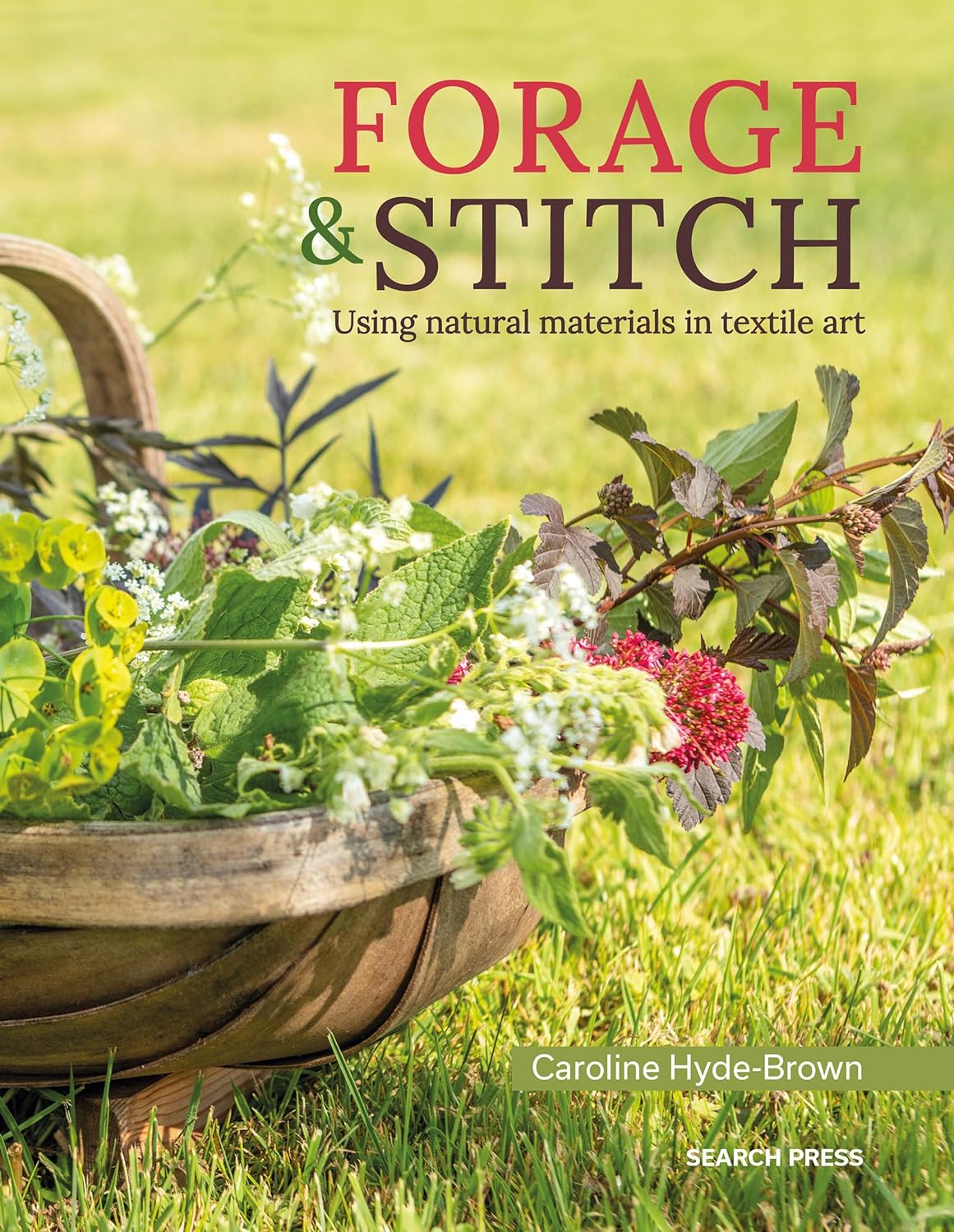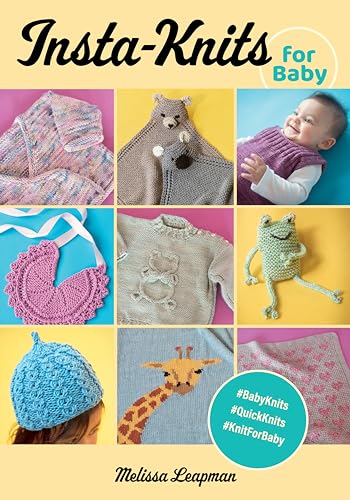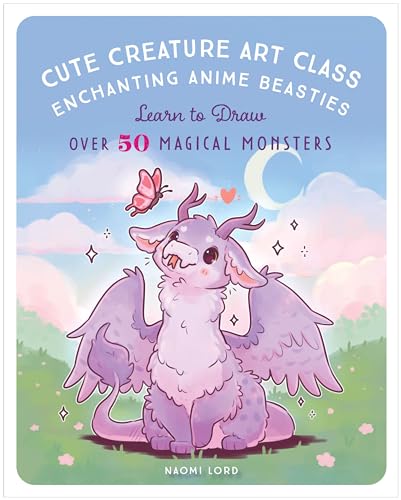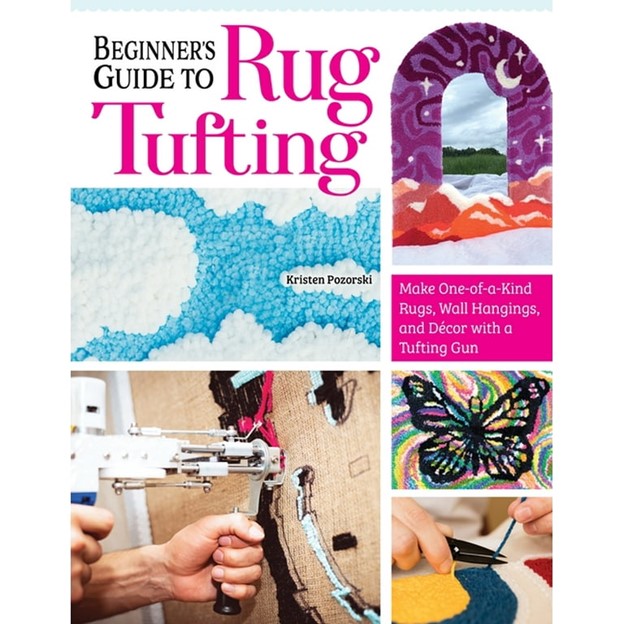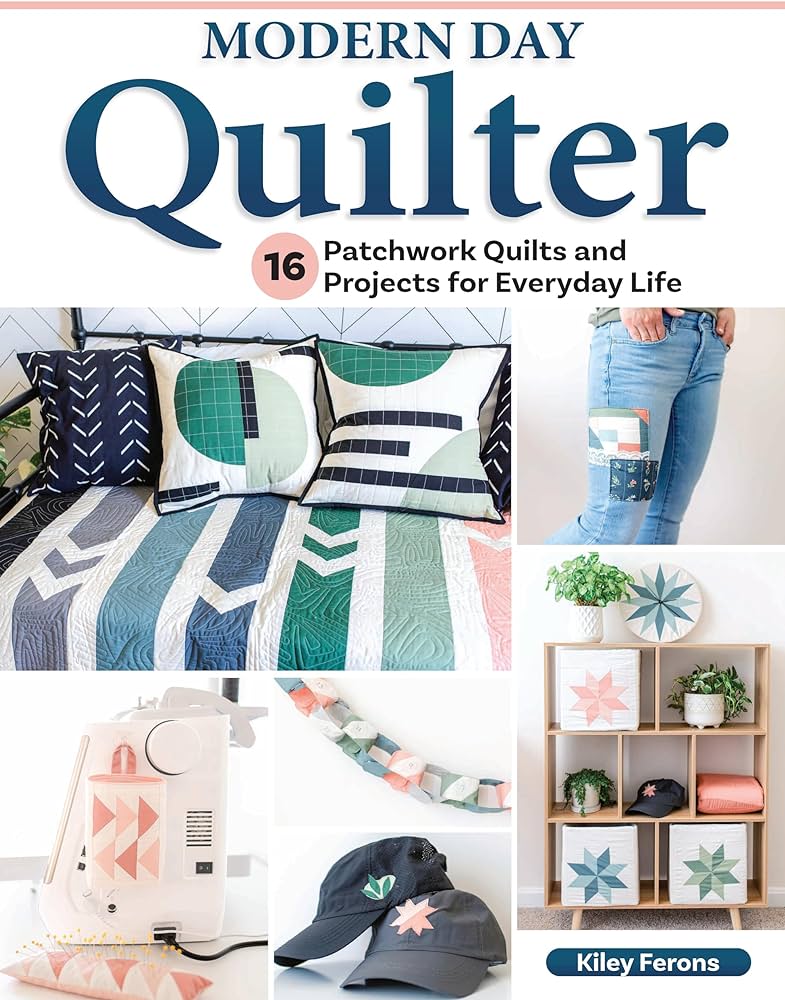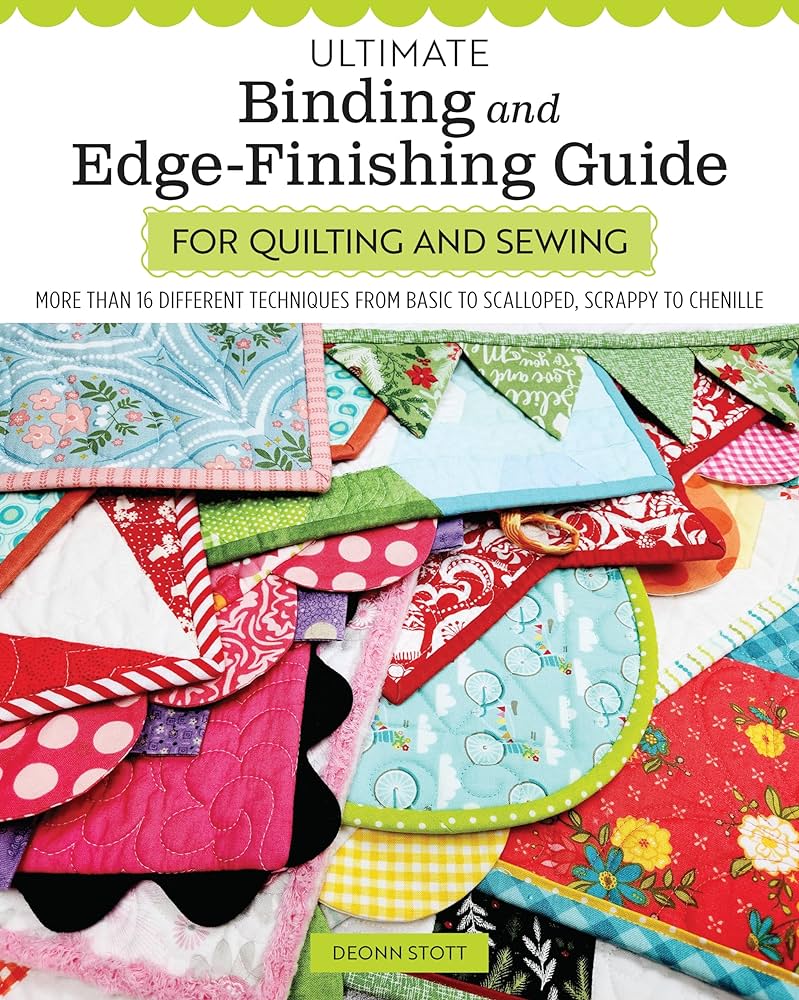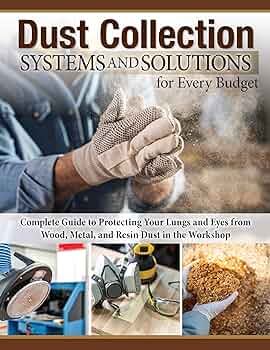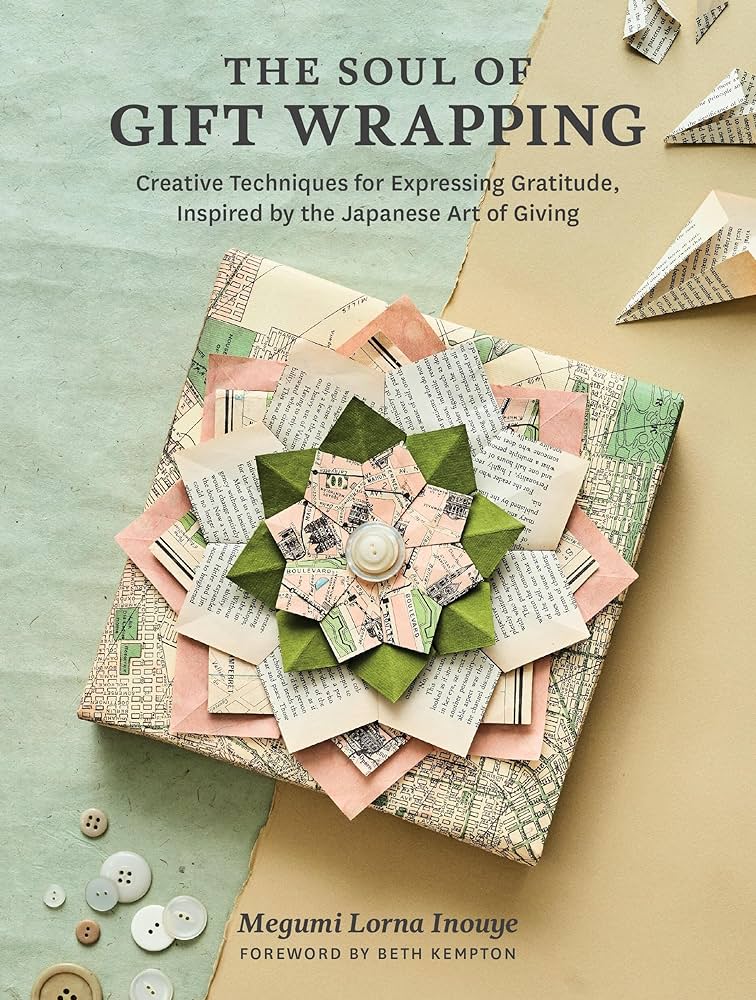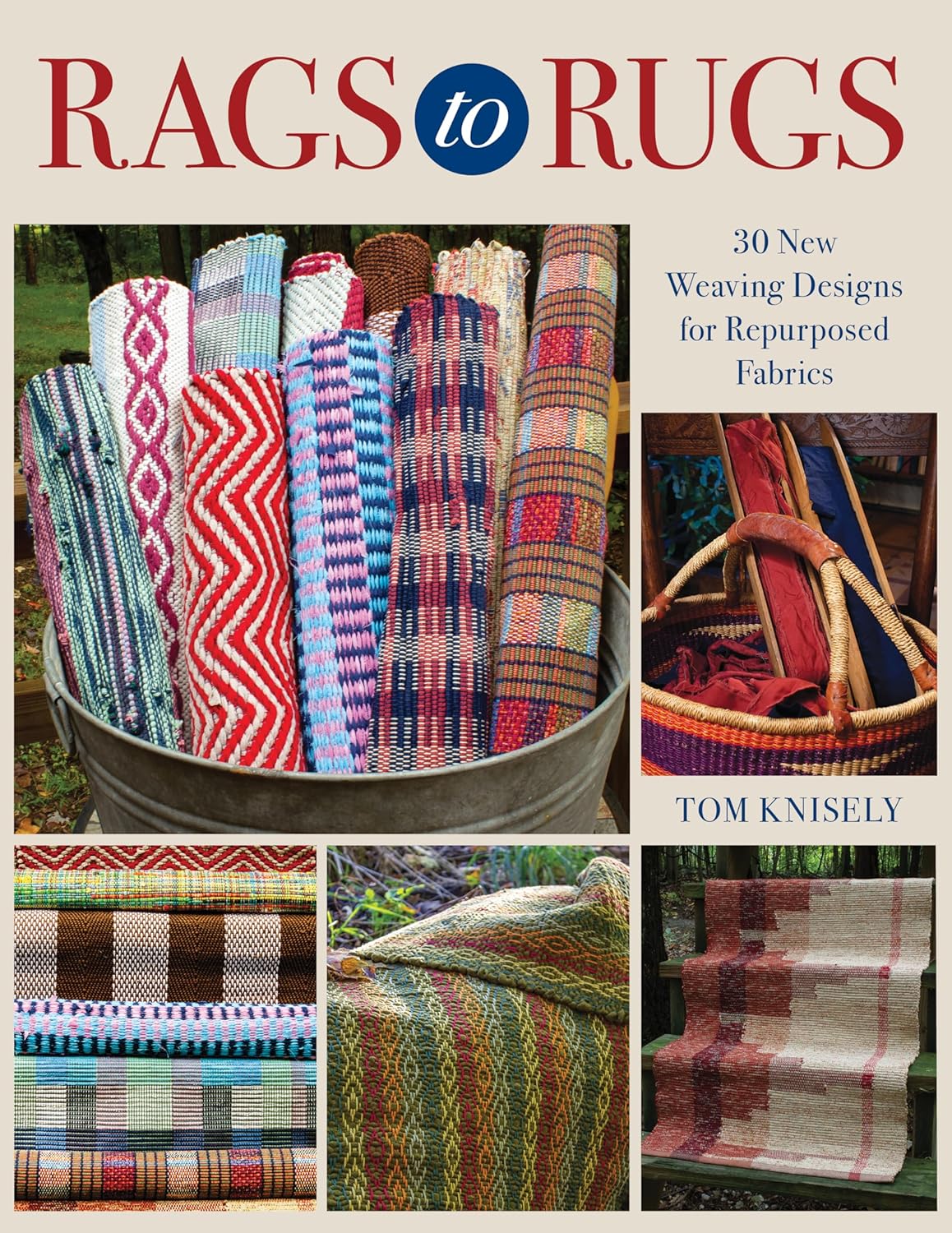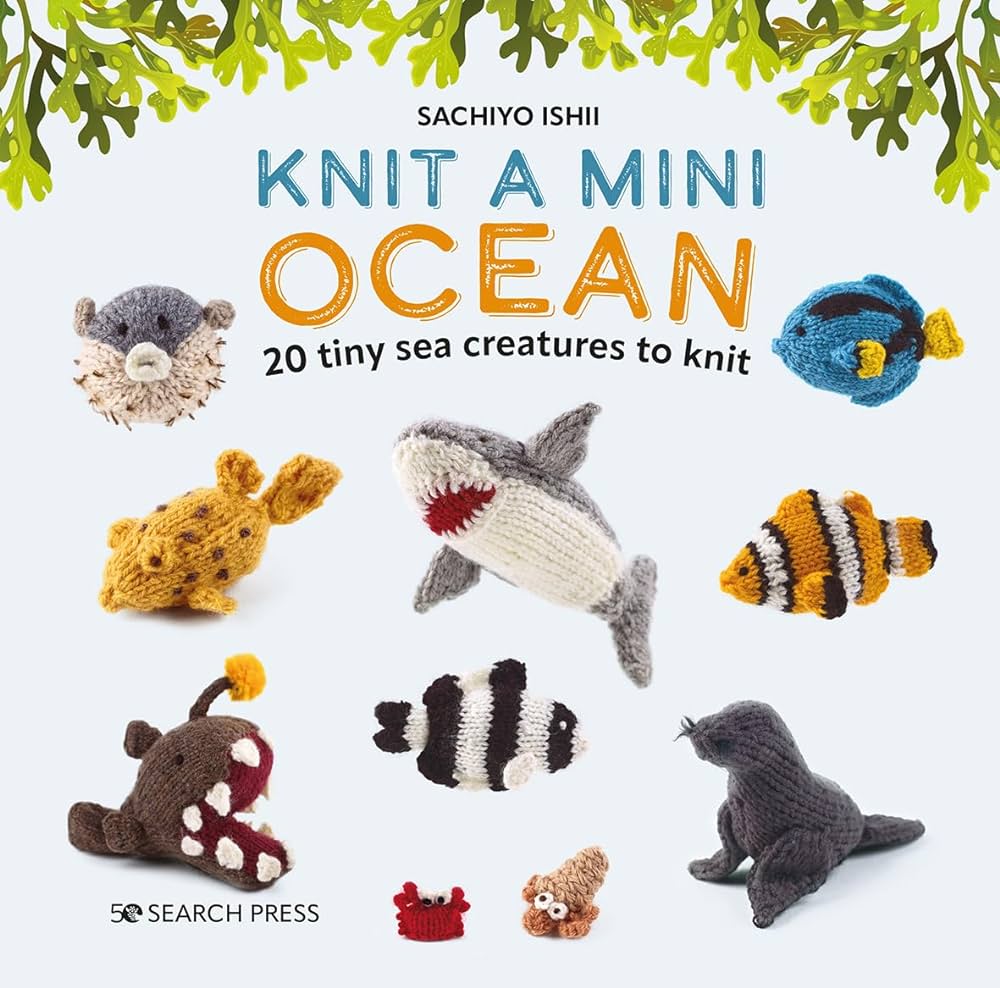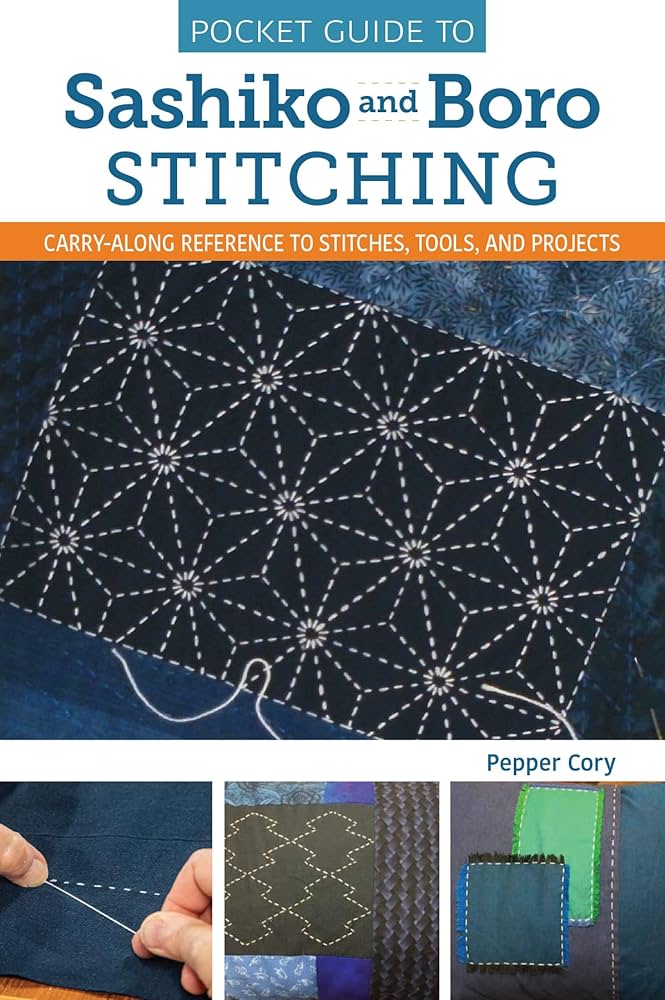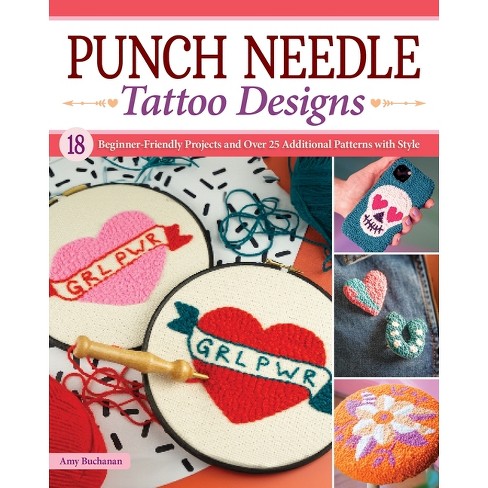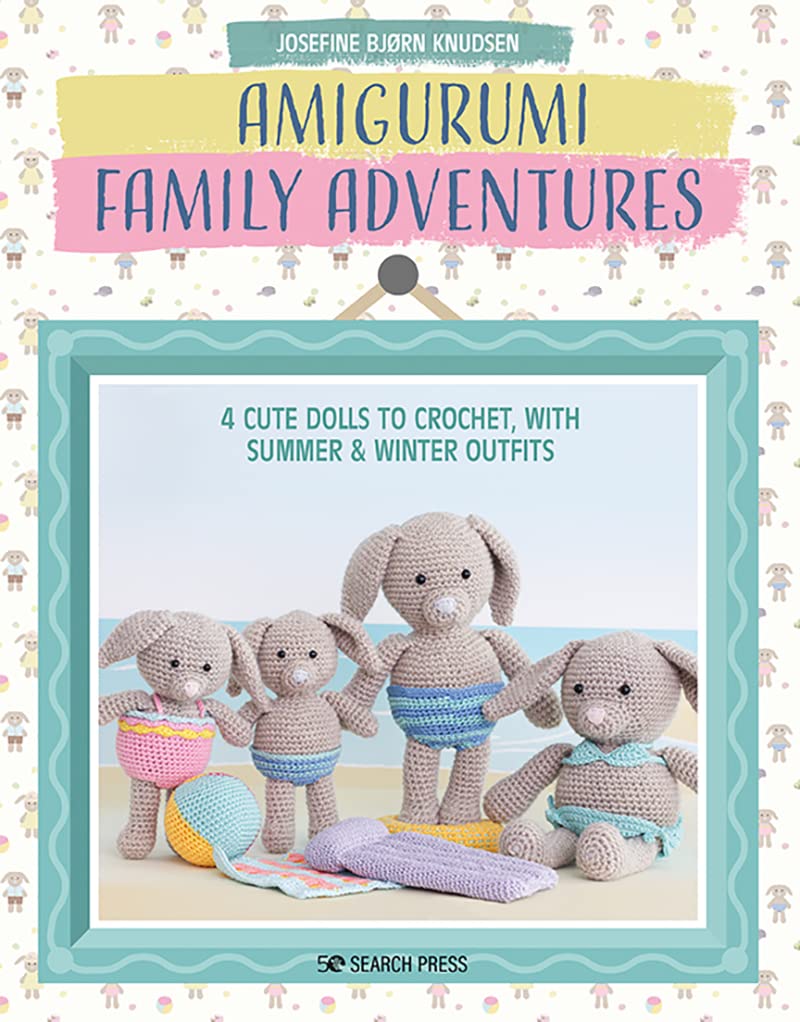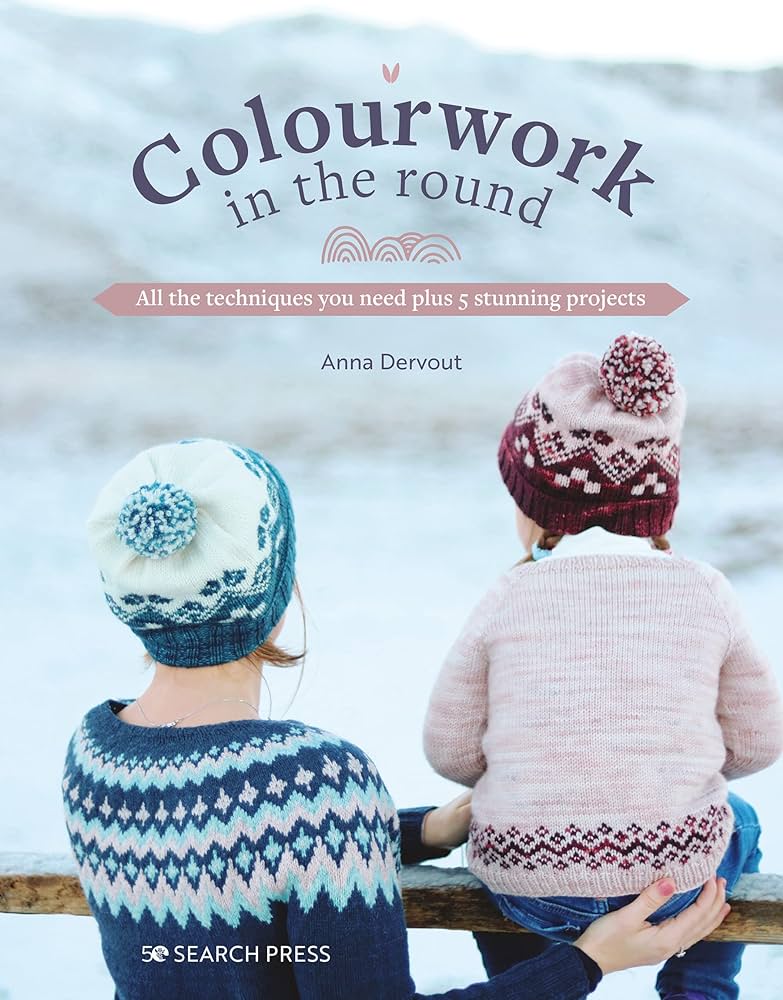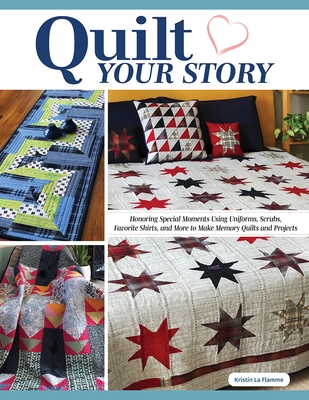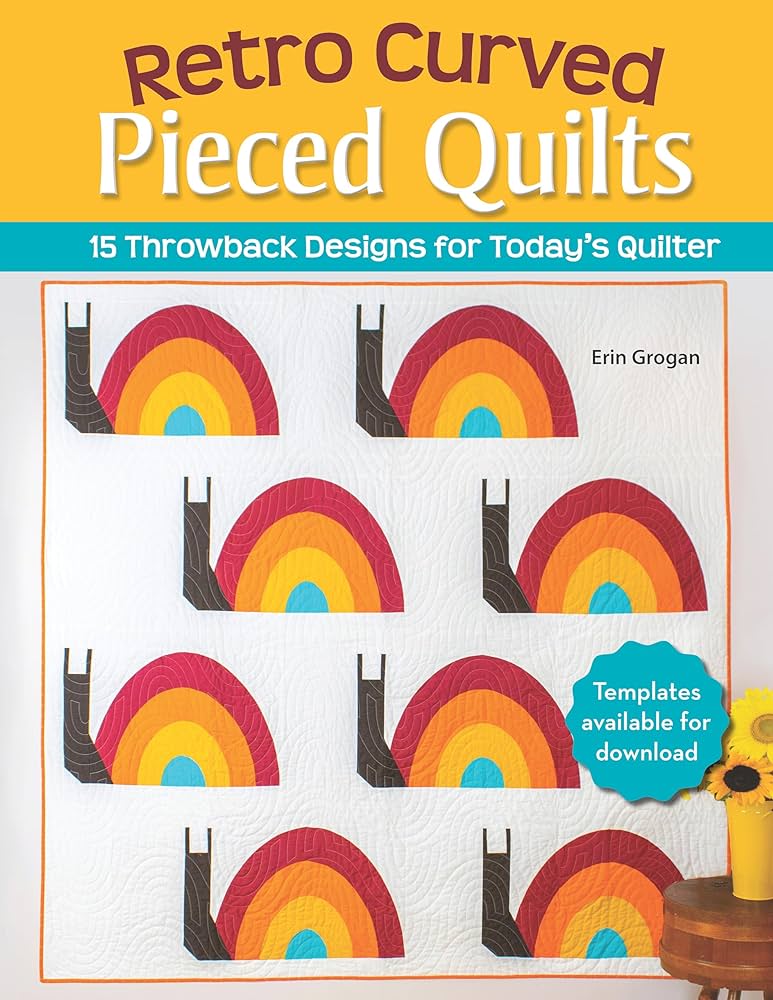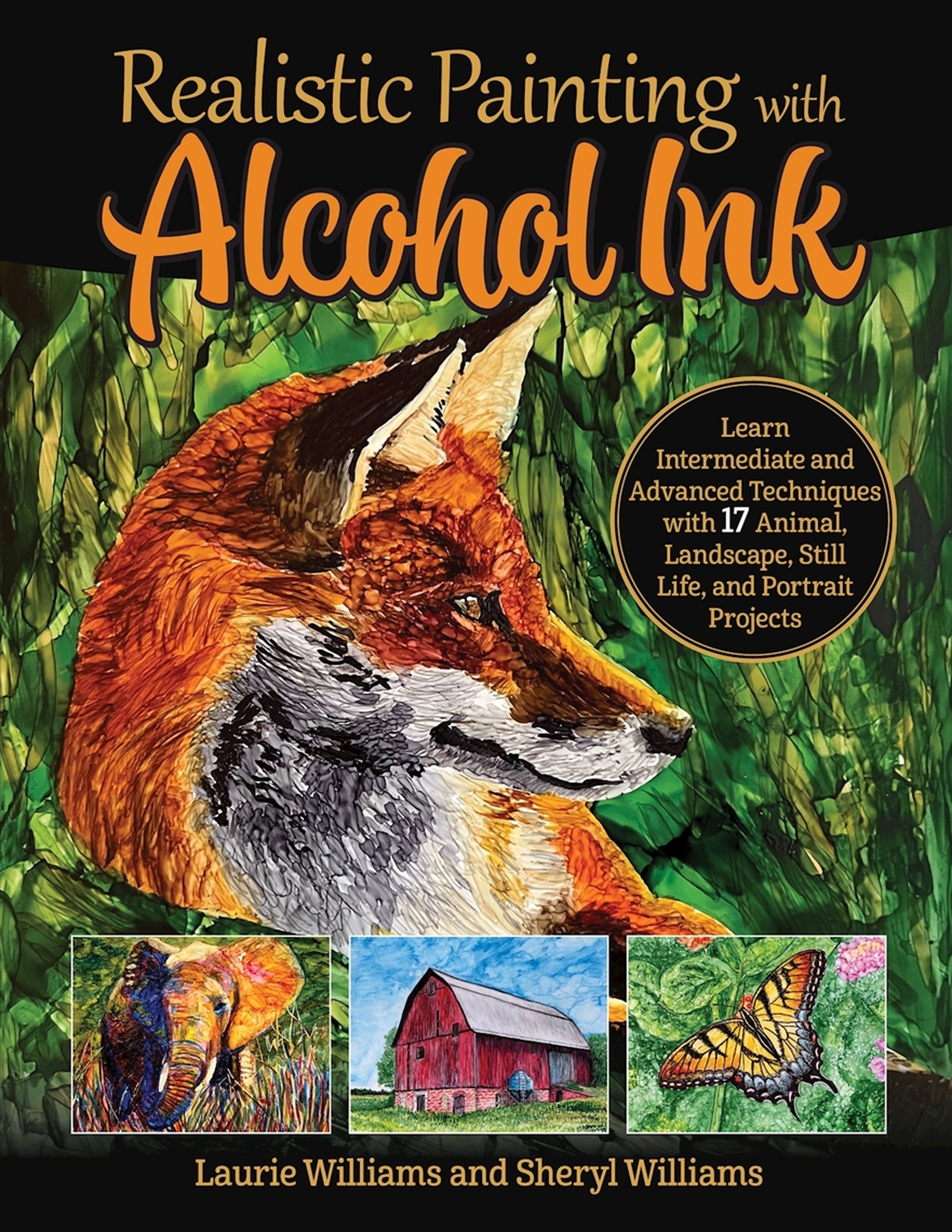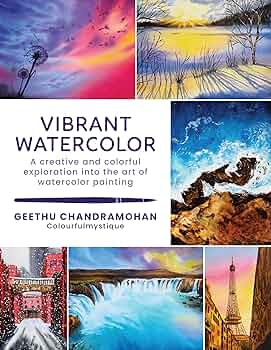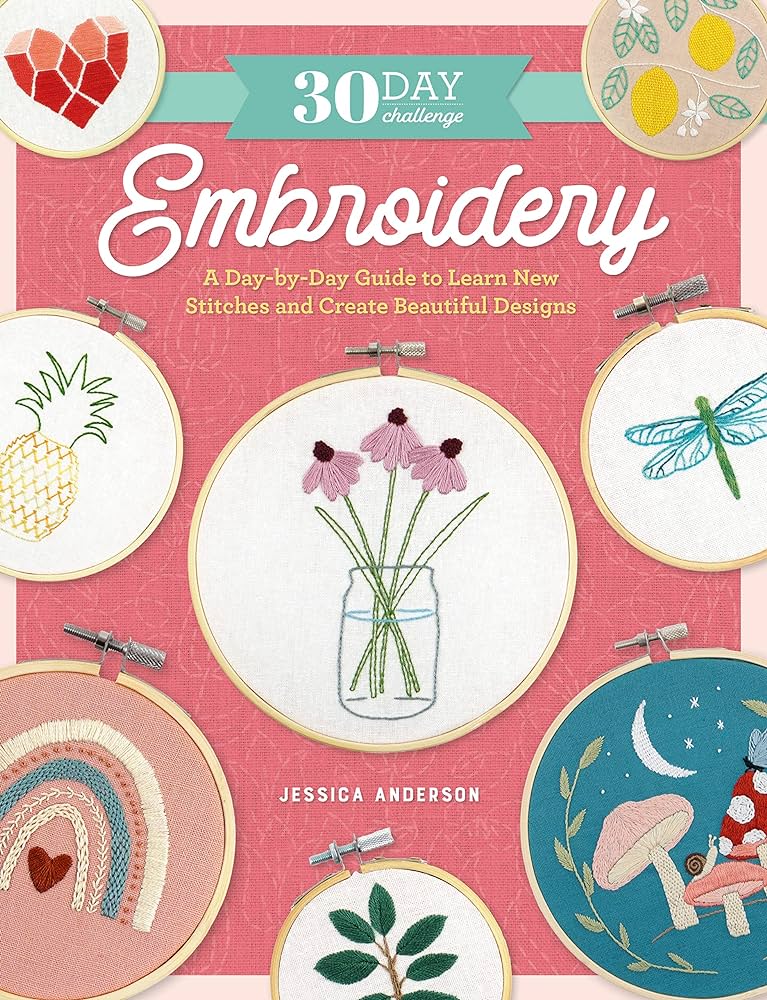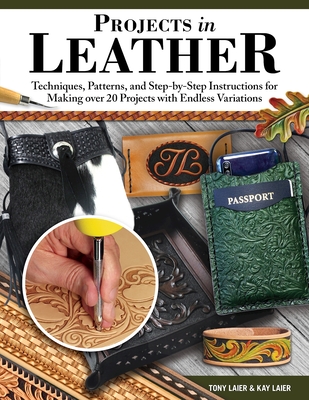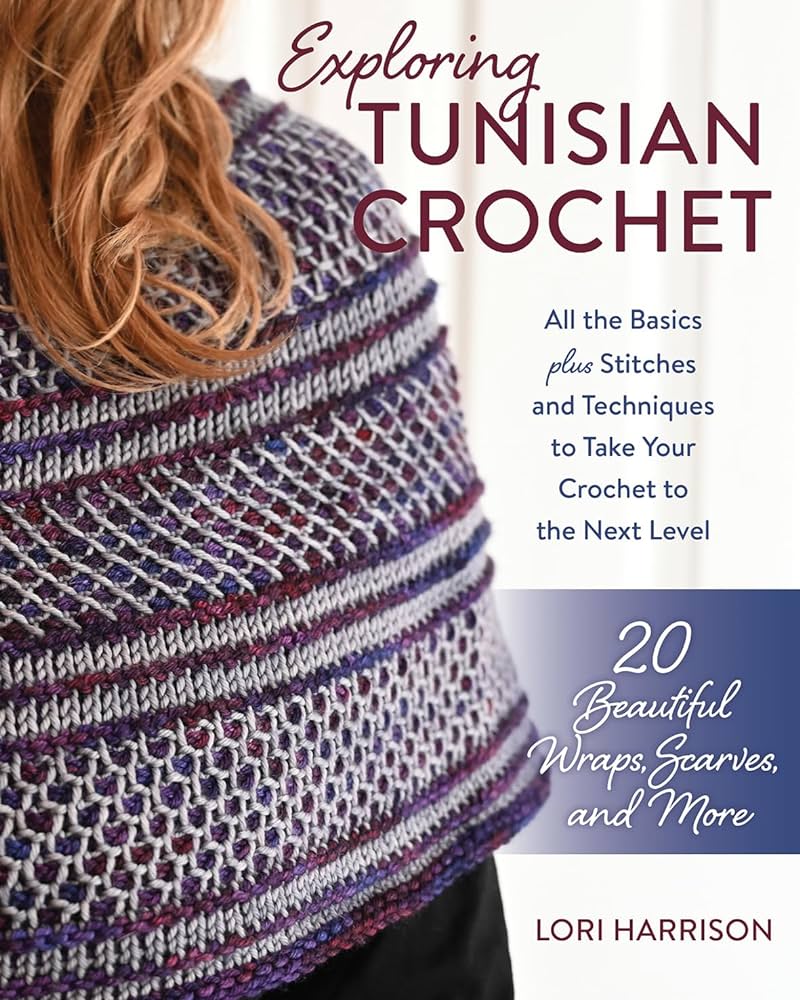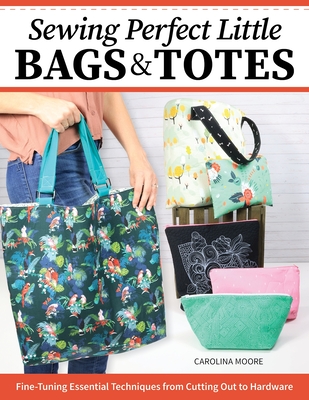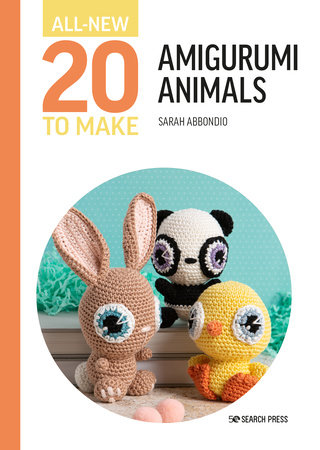Related
This crochet book is a standout for its colorful seasonal designs that will bring out crafters’ creativity all year. An adorable purchase.
Readers who are looking to learn this unique style of quilt block will find plenty of options in Wright’s book. Both beginners and more advanced quilters will be able to work their way through these projects, but all will be easier if they use the specialized ruler that the book calls for.
Digital die-cutting machines continue to grow in popularity, but there are few books on the topic. This title will inspire crafters interested in using a digital die-cutting machine to create a variety of decorative objects and party favors.
An easily accessible guide to soap making, with color photographs that clearly show every step of the process. A must for DIYers.
This book’s customizable options and tiny accents are sure to compel crocheters to create distinctive pieces for themselves and for others.
For readers ready to take on acrylic painting (a technique suitable for beginners, since it allows for easy corrections), this is a sound and highly informative guide.
This machine-sewing book is easy enough for beginners of all ages to follow, as long as they’re comfortable with metric measurements.
PREMIUM
Crochet Monsters
A creative and detailed crochet guide for intermediate and experienced crocheters. The projects’ many options for personalization could make it particularly useful for leading group activities.
A unique approach to crocheting that’s backed by science. It’s suitable for advanced fiber artists who are ready to explore the magic that cablework and colors can add to their creations.
Playful yet detailed, the 10 animal friends Vindevogel presents are sure to delight both the crocheter and the recipient of the fun, unfussy creatures, which come to life as easily on the crochet hook as they do in the book.
A cozy and welcoming collection of appealing knitting and crochet patterns with helpful instructions.
An incredibly helpful guide for beginners, but readers who just want a refresher on crocheting techniques will appreciate this title too.
PREMIUM
Half Yard Heaven 10-Year Anniversary Edition: Easy Sewing Projects Using Leftover Pieces of Fabric
This revised classic offers a great way for new sewists to learn basic skills from doing easy, giftable projects that don’t require major commitments of time or resources.
Readers who want to make their own simple skincare products and fans of Formule Beauté will be excited to check out Duménil’s book. It’s a great starting point for library programs, spa days with friends, or even holiday activities.
Compotine’s delightful designs for amigurumi toys are easy to personalize, which will make these dolls meaningful keepsakes.
This well-structured book about pattern making and fitting introduces a fresh approach to quarter-scale designing. An appealing choice for advanced sewists.
An enchanting book filled with charming projects for both beginner and experienced felters. This title will circulate well.
Red’s clear step-by-step drawing instructions, coupled with his enthusiasm for yōkai, make this a fun and informative resource for beginner artists and readers interested in Japanese folklore.
PREMIUM
All-New Twenty To Make: Rock Art
Will be a hit with crafters and readers looking for family activities.
Kiefer’s words of encouragement for new artists, coupled with his whimsical sketches, make this a practical resource that is a pleasure to peruse.
For intermediate to advanced sewists, but beginners may also appreciate the book’s fashion history sections. This resource’s digital patterns will relieve librarians of having to keep track of pattern pieces.
For quilters who love colors. The target audience is beginners, but this recommended title also contains detailed technique guidance for quilters interested in advancing to an intermediate level.
Mortensen’s patterns for 12 popular quilt blocks, varying in complexity, can be used to practice quilting and developing one’s personal style, a bonus of this highly recommended book. Readers with quilting machines will especially enjoy this title.
This book comes with easy-to-follow tips on building habitats for common bird species, suggestions for how children might participate, and safety tips when making the birdhouses. An excellent introduction and first stop for families and individuals interested in becoming bird watchers or at-home environmentalists. Highly recommended.
A lovely, recommended book for crocheters with intermediate or advanced skills, but acquiring the recommended materials might be difficult.
A solid addition to collections of fiber arts books. With an appealing design and a variety of beginner-level projects that look advanced when completed, this title offers clear instructions, beautiful photos, and inspiration for readers interested in this style of stitching techniques.
This title gives beginners plenty of guidance on how to draw in the manga art style. The book’s illustrated instructions are a highlight, and there are even QR code links to Kühn’s YouTube tutorials for additional help and support.
Accessible and eminently practical, this is an essential guide to linocut printing. What makes this book’s projects and directions exemplary is the freedom it gives beginners to personalize and choose their subject matter.
Filled with clear and easy-to-follow instructions, this book works for beginning to intermediate artists, along with experienced artists who are looking to explore a new artistic medium.
Both novice and experienced crafters of hand letters will find practical inspiration and guidance in this colorful, beautifully designed collection.
This is the book for sewists who want to move beyond the basic level and perfect intermediate and advanced techniques. Highly recommended.
A well-put-together volume with charming designs to keep stitchers happy with year-round projects. Cross-stitchers of all levels will enjoy this book, but beginners will especially benefit from the colorful chart that shows them how to do basic stitches.
This is a book for makers and for readers passionate about recycling, upcycling, and crafting. Highly recommended.
PREMIUM
Origami Polyhedra for Beginners: Amazing Geometric Paper Models from a Leading Japanese Expert
Readers who want to explore creating geometric models and evolving beyond traditional toy building will enjoy this book.
This is a practical manual for aspiring activists, crafters or otherwise, who want to make a difference in the world around them. This stimulating, thoughtfully-organized guide to craftivism will appeal both to activist-minded creatives and noncrafters looking for practical steps to help turn their intentions into action.
A small but mighty book filled with felt flower projects that will boost the confidence of first-time crafters.
Several creative projects are included in the book, but the general purpose is to inspire crafters to use their own perspectives and preferred techniques to create art that speaks to current events and movements. Activist crafters will find abundant motivating forces and community in this collection.
An engaging book that combines clear instructions with detailed photographs of colorful garments created with the English smocking technique. For a modern makers of all levels who love a classic art form.
This title is part memoir, but it’s also an intriguing and insightful perspective that bounces from topic to topic as he conveys his messages about social media and typical societal practices in the U.S.
This title’s easy-to-follow directions will have artists of all ages happily doodling adorable birds in no time.
PREMIUM
The New Silversmith: Innovative, Sustainable Techniques for Creating Nature-Inspired Jewelry
This is a good addition for libraries that support jewelry making or metalsmithing programs. Beginners, however, may need to first start with a more basic guide, such as Silversmithing for Jewelry Makers by Elizabeth Bone.
This gorgeous, colorful manual for tufting rugs, decor, and wearable art is best suited for intermediate crafters.
This book’s easy-to-follow images are a big plus for readers to learn how to execute basic or more advanced embroidery stitches. For all levels.
Great for beginners and intermediate artists and for fans of anime, manga, and the web series High Hopes, Low Rolls. Best for readers who prefer visual over written instructions.
A must-have. This amazing title will thrill readers who enjoy thrift-shopping for clothes they can upcycle. Bonus: readers can refer to this book for sustainable living and craftivism ideas.
Filled with valuable takeaways. This book shines in the way it teaches readers how to draw projects for friends or keepsakes for the home.
Readers seeking a new dimension to painting may enjoy trying their hand at this distinctive art style. This book also makes a good choice for readers looking for a new project that requires minimal supplies and expense.
Filled with crochet patterns that are straightforward and sweet. This book makes it simple for readers, no matter their skill level, to crochet blankets, hats, onesies, vests, and booties.
Beautifully illustrated and clearly presented, this book is perfect for readers who want to recreate the magic of their favorite candles for a fraction of the cost, for vegans concerned about the ethics of ingredients in store-bought votives, or for scent-sensitive readers who can’t ever find just the right balance of earthy, floral, spicy, and sensual notes in store-bought candles.
A delightful and highly recommended book that offers crafts projects that turn outdoor spaces into something magical. Gardeners may gravitate toward this book as well.
PREMIUM
Watercolor Your Way: Techniques, Palettes, and Projects To Fit Your Skill Level and Creative Goals
Appealing, colorful projects and a clean layout make this book a great resource for beginning watercolor painters.
A quilting book that urges crafters to keep their scraps, instead of throwing them away. Filled with helpful tips, tool lists, and clear instructions, this title is great for beginners and more advanced quilters looking to try something different.
For crafters looking to make amigurumi toys big enough for a child to wrap their arms around and hug. There’s much to enjoy in this title, but libraries may want to wait and purchase the reprint.
This highly recommended title includes a wide array of arrangements that are all presented with flawless photos and directions.
PREMIUM
Dynamic Character Design: Draw Faces and Figures with Pencil, Markers, Digital Tools, and More
A colorful, well-thought-out, easy-to-follow character design guide by an excellent artist. For experienced artists or dedicated beginners looking to learn technique.
This title’s focus on texture provides beginner painters with excellent projects for practicing techniques without worrying about accurately depicting flowers, animals, and other aspects of nature. It will have readers longing to break out their brushes.
Despite the scanty information on terminology, hair dying, and maintenance, Yan’s fans and lovers of anime will find much to like in this guide to anime hairstyles.
Perfect for people with basic crochet experience who are looking for playful yet challenging amigurumi patterns.
Artists and crafters of all skill levels will be intrigued by the surprising effects that this simple technique can create. The projects’ minimal, easy-to-acquire supplies provide a low barrier for entry as well.
For knitters who already have general knowledge about standard terms for this craft form. Readers interested in understanding how and why different construction elements are employed will especially enjoy this title.
A distinctive ready reference that will provide an abundance of positive takeaways and tips for both novices and the most seasoned florists.
Parkinson’s love for plants, gardening, and wildlife shines through in this conversational, lovely book. Most useful for intermediate or advanced gardeners.
For libraries that cater to experienced sewists who want to try something a little different, this collection of projects certainly fits the bill.
The inclusion of fur yarn for these patterns differentiates this resource from other amigurumi books. Great for experienced crocheters.
Readers will likely be inspired to spend countless hours drawing and composing Kawaii characters and capturing their own dining establishments and experiences.
From the practical to the whimsical, these cute items are perfect for gifts and for new and weekend knitters. Also great for readers looking for a fresh way to keep their baby’s head warm this winter.
From lace to cables to complex colorwork, sock knitters will be sure to find something that appeals to them in this beautifully photographed and delightful collection of patterns. Perfect for intermediate to advanced sock knitters looking to take on a challenge.
PREMIUM
The Embroidery Stitch Companion
A well-organized and thoughtful embroidery guide. Great for beginners wishing to learn an exciting new skill. Also for experienced embroiderers who need or want to brush up on their techniques and improve their skills.
Something a little different from standard amigurumi crocheted characters and books. A must for crafty fans and collectors of whimsical Chicken Run memorabilia.
An excellent addition to craft and DIY collections. For readers who would like to expand their knowledge of making textile art with foraged materials and a variety of techniques.
PREMIUM
InstaKnits for Baby
Whether readers are looking for last-minute gifts or projects to keep them busy during a TV show, this book delivers cozy, cute creations. Some projects are practical or whimsical, whereas many check both of those boxes.
A one-stop shop for some beginners and experienced artists who want to learn how to draw creatures in an anime style.
A fun option for readers who want to learn how to create colorful rugs, wall hangings, and contemporary home furnishings.
PREMIUM
Ultimate Binding and Edge-Finishing Guide for Quilting and Sewing: More Than 16 Different Techniques
For beginner and seasoned quilters who want to learn new techniques. A good addition to collections.
Beyond a simple buying guide, this highly recommended volume provides essential dust-control and safety information for a wide variety of workshop set-ups.
A mindful option that takes back the commercialism in gift giving and makes it a personal experience again. These ideas will fit everyone’s budget, and the book is sure to be a joyful experience.
A whale of an addition to the world of amigurumi. Knitters who enjoy the ocean and the tiny creatures who live in it will appreciate these delightful projects.
PREMIUM
Pocket Guide to Sashiko and Boro Stitching: Carry-Along Reference to Stitches, Tools, and Projects
For readers who want to see the potential in their used clothing, this quick guide is small but mighty. Marvelous for beginners but also ideal for people with embroidery knowledge who need some reminders while they work.
An excellent primer for creating colorwork projects that’s size-inclusive and for all skill levels. Knitters will also be able to apply this versatile technique to Fair Isle, Icelandic, Norwegian, and many other knitting patterns and designs.
Quilters will learn how to give new life to old items. Beginner memory quilt projects are included, but ideal readers are those with basic knowledge of textiles and the know-how to create with them.
Experienced artists interested in painting with alcohol inks will be well served by this book’s thoughtful advice and beautiful examples.
PREMIUM
30 Day Challenge, Embroidery: A Day-by-Day Guide To Learn New Stitches and Create Beautiful Designs
This book is squarely aimed at right-handed embroidery novices with no prior experience, whom it shows how to start and complete embroidery projects in a few hours.
A great purchase about Tunisian crochet, suitable as an introductory guide but also for those experienced in the craft.
PREMIUM
Sewing Perfect Little Bags and Totes: Fine-Tuning Essential Techniques from Cutting Out to Hardware
Good for experienced sewists who are looking to expand into bag making.
A great collection of projects for crochet or animal lovers that would make excellent gifts or decorations.
articles
ALREADY A SUBSCRIBER? LOG IN
We are currently offering this content for free. Sign up now to activate your personal profile, where you can save articles for future viewing
































































